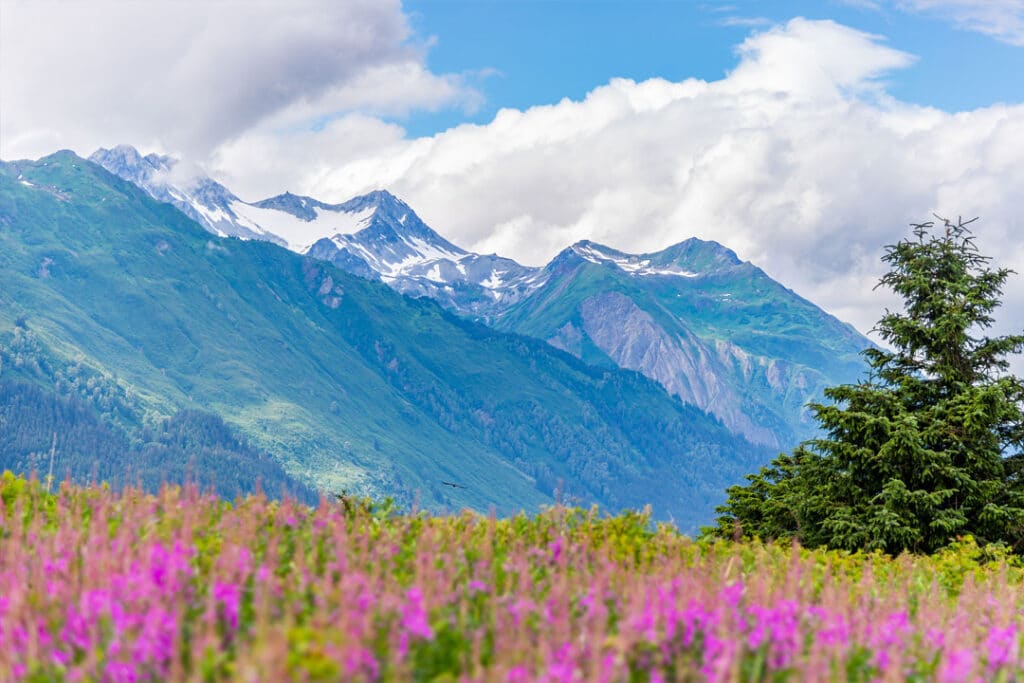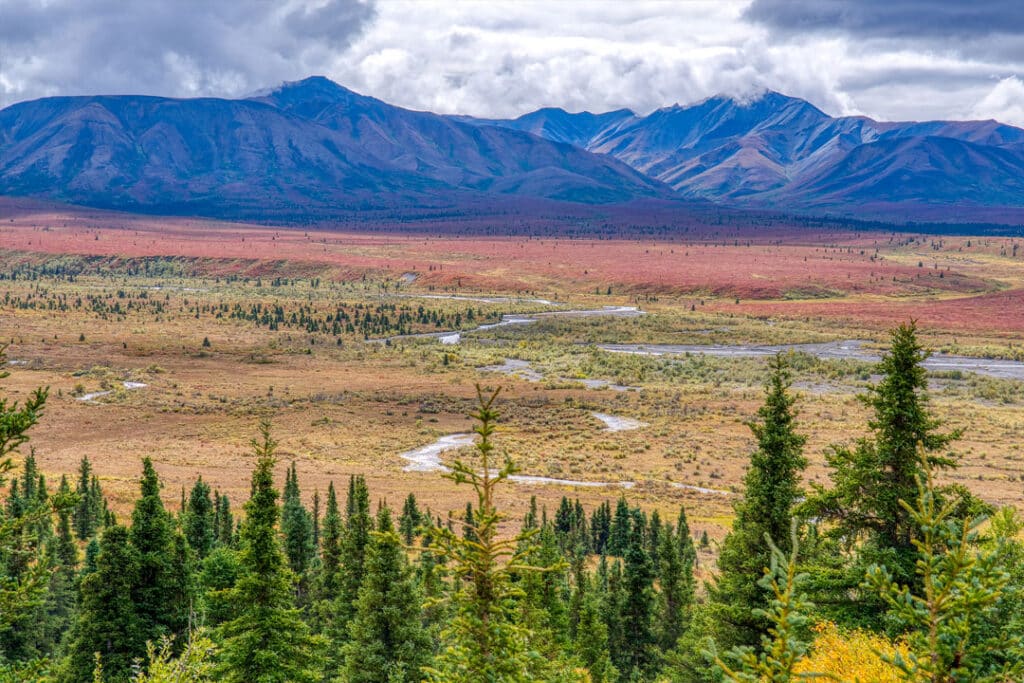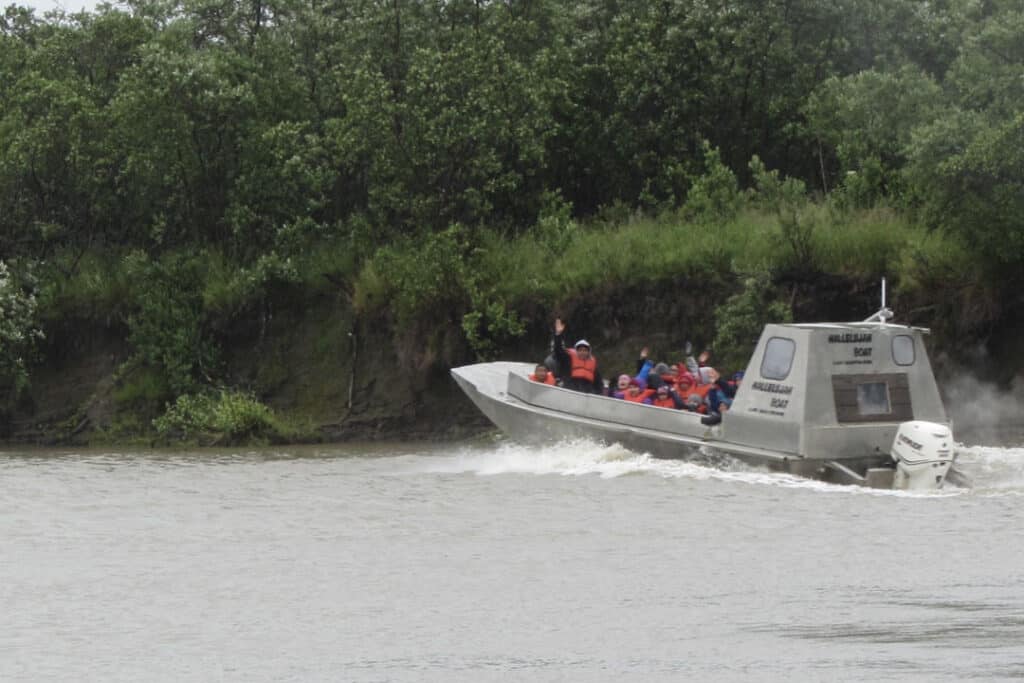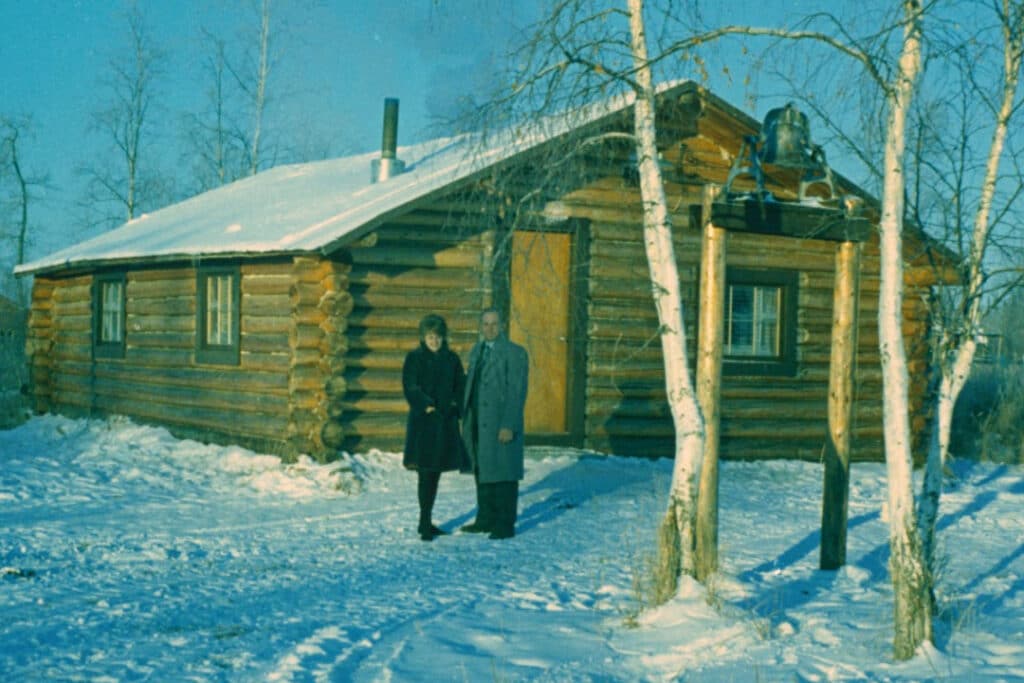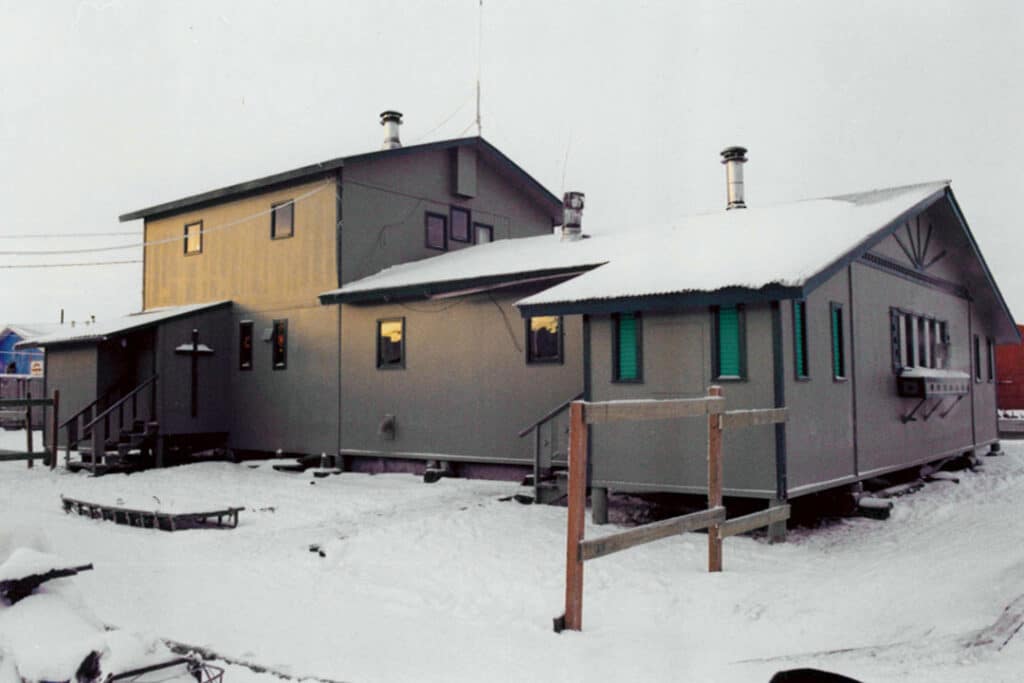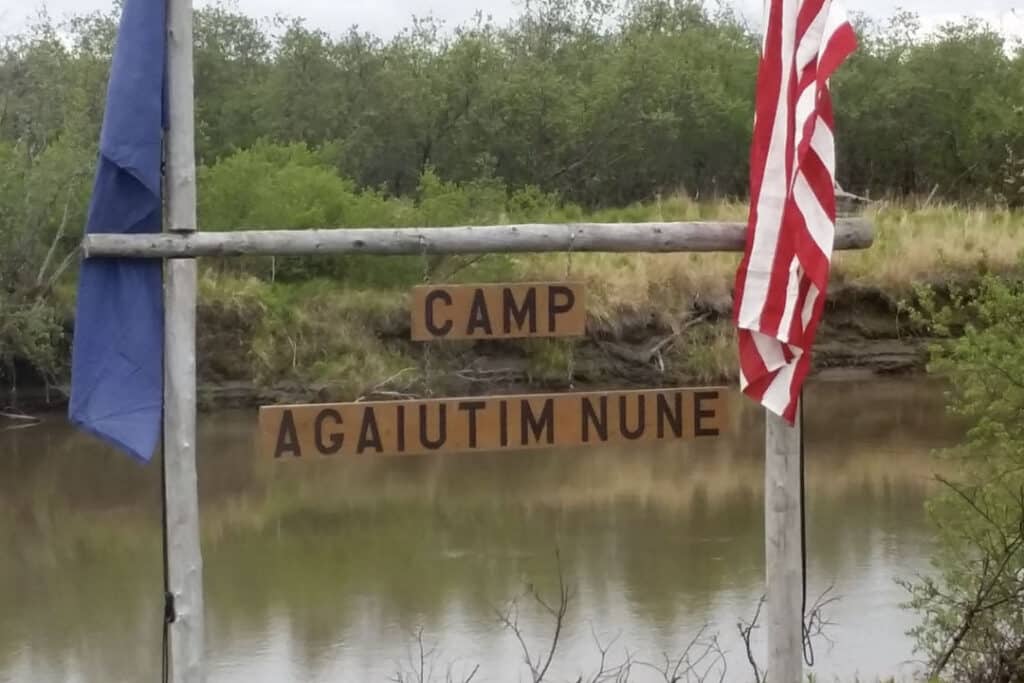The facts
- The population of Alaska was approximately 621,400 in 1998. The native population was 16% of the total in 1992. Alaska’s Population in 2020 was an estimated 774,369. There are over 100 Alaskan Native villages with no evangelical or Pentecostal witness.
- The blanket toss is not only a game but a system of sighting whales. The Eskimos used to choose the person with the best eyesight and toss him up in a blanket high enough to spot whales out at sea.
- The word Cheechako is a person new from the “Outside” (somewhere other than Alaska). It is derived from the Indian word chee meaning new or fresh, and chako meaning to come or approach. A “Sourdough” has spent a winter or two in the state.
- Eskimo ice cream is a native delicacy traditionally made from whipped berries, seal oil, and snow. Sometimes shortening, raisins, and sugar are added or substituted.
- Alaska sustains about 1000 earthquakes measuring 5 or higher on the Richter scale every year. In 1964, an earthquake under Prince William Sound measured 9.2 on the Richter scale, killed 131 people, and released 10 million times more energy than the atomic bomb dropped on Hiroshima Japan.
- There are no penguins in Alaska (they live in Antarctica); however, Alaska has polar bears and Antarctica does not.
- The igloo is an Alaskan dwelling usually made of driftwood, whalebone, and sod. It is the Canadian Eskimos, not the Alaskan, who built igloos from blocks of snow.
- Other than English, Alaskan languages include: Haida, Tlingit, Tsimshian, Aleut, and several dialects of Athabascan and Eskimo. Twenty native languages are spoken in Alaska.
- Alaska has two time zones and six climatic zones.
- Alaska has the longest day of the year in the U.S. No sunset for 82 days in summer. Alaska also has the longest night with no sunrise for 67 days in winter.
- Alaska has more coastline (33,904 miles) than the rest of the U.S. combined. It is the most eastern, western, and northern point in the United States (most Eastern and Western because the Aleutian chain crosses the International Date Line).
- 10% of the world’s active volcanoes are located in Alaska.
- The Japanese held two Alaskan islands— Attu and Kiska – for nearly a year during World War II.
Alaska Native Peoples
Northern Eskimos: Inupiat
Southern or Western Eskimos: Yuit or Yupik
Interior Indians: Athabascans
Southeast Coastal Indians: Tlingit, Haida, & Tsimshian
People of the Gulf Coast: Koniag, Chugach, & Eyak
People of the Aleutian Chain: Aleuts
For additional information, see Facts About Alaska, Alaska Kids’ Corner, State of Alaska

